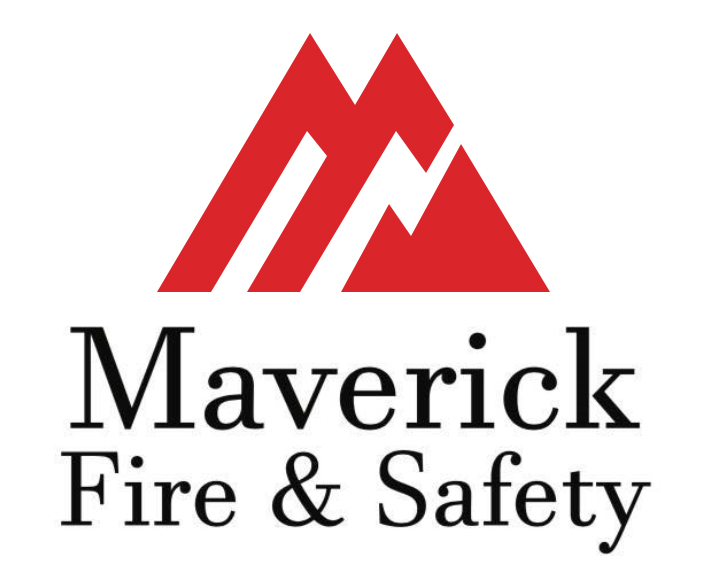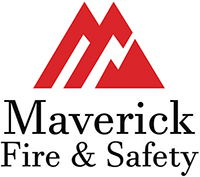How Often Should You Perform a DIY Visual inspection on your Fire Safety System? How often should it be Inspected by a licensed professional?
One of the most stressful and upsetting experiences a business can have is a destructive fire.
Since it is impossible to predict when a fire will occur, it is important to always be prepared. Regular fire system inspections can help with fire prevention and protection.
Knowing how often to inspect fire safety systems and what types of fire prevention systems you have is important. It’s also important to understand the different components that make up your fire suppression system. We will start with that.
What Is A Fire Safety System?
A fire safety system is a combination of fire sprinklers, Pipes, fire alarms, smoke detection devices, Fire Sprinkler foam systems and Fire sprinkler water systems, gauges, electrical panels, remote monitoring systems, hoses and training of your team along with signage to direct foot traffic in the case of an emergency exit situation. All of these components are important. One of the most important parts is the Fire Pump Motor. Be sure to have it checked monthly.
Every building should have fire extinguishers throughout, placed in specific locations (determined by code) that are easily visible and accessible. Employees should be trained on how to use the fire extinguishers by a professional. When it comes too fire sprinkler and suppression systems, different environments call for different types of chemicals or water. For example, a wet sprinkler system would not be a good choice for a freezer; you would want a dry sprinkler system or suppression system here instead. If certain chemicals are present in the warehouse you may want a specific foam or chemical suppressant instead off a water fire sprinkler.
Exit lighting, signage, and doors also serve an important role in the reaction time during a possible fire. Strobes and audible devices that alert to emergencies and are connected to the building fire alarm system are in integral part if disaster occurs.
You aren’t just protecting your building and tangible assets from a fire. You are also protecting the physical well-being of your employees and customers. The financial impact can be even worse if your fire sprinkler system is not operating the way it is supposed to. When the financial impact is too great this could lead to job loss or possibly be considered negligence.
When to Inspect Fire Safety Systems
Having a safety manager or similarly skilled employee perform a visual inspection monthly is beneficial. They should be checking for obvious problems such as broken tamper seals, missing pull pins on fire extinguishers, rust on sprinkler heads, pressure gauges being off, leaky pipes, loose screws, nuts or bolts, painted over sprinkler heads, control panels with alert lights lit up, detectors hanging with wires exposed, or emergency exit signs that need new lightbulbs. Check inspection stickers and tags to see when the next 6-month or annual inspection is. Anytime there is a separation of employment from a disgruntled employee, it is a good idea to perform a full safety inspection on your entire facility.
For annual fire safety inspections, this requires a professionally trained and certified individual like a Maverick Fire and Safety. We are able to perform maintenance as defined by National Fire Protection Association (NFPA) and local code regulations, as well as onsite repair when necessary.
The Fire Marshall requires that qualified, licensed companies conduct servicing, testing, repair, maintenance and tagging of automatic fire sprinkler systems. Houston fire code complies with NFPA 25, which requires the following services to be performed in the timelines mentioned:
- Visual inspections must take place quarterly. Records of these inspections must be kept.
- Fire Pump Motors – every month by a licensed professional
- System testing must take place annually. Documentation of test results and repairs must be kept.
- A “trip test” of dry-pipe valves – annually.
- A “trip test” of dry-pipe valves – every three years.
It’s very important that Fire Pump motors are checked by a qualified person monthly. On average 2% of fire pumps are inoperable even when they are checked monthly. If no pump works you can’t put out a fire. If you wait to do pump checks yearly you are risking life and property. Frequent pump motor checks also prevent costly repairs when a motor goes out.
How often you must use a licensed company depends on the physical size of your business, contents of the business and the type of fire sprinkler or fire suppression system you have.
For major internal inspections call us to find out what your local codes are for fire safety inspections. (832) 653-2598

